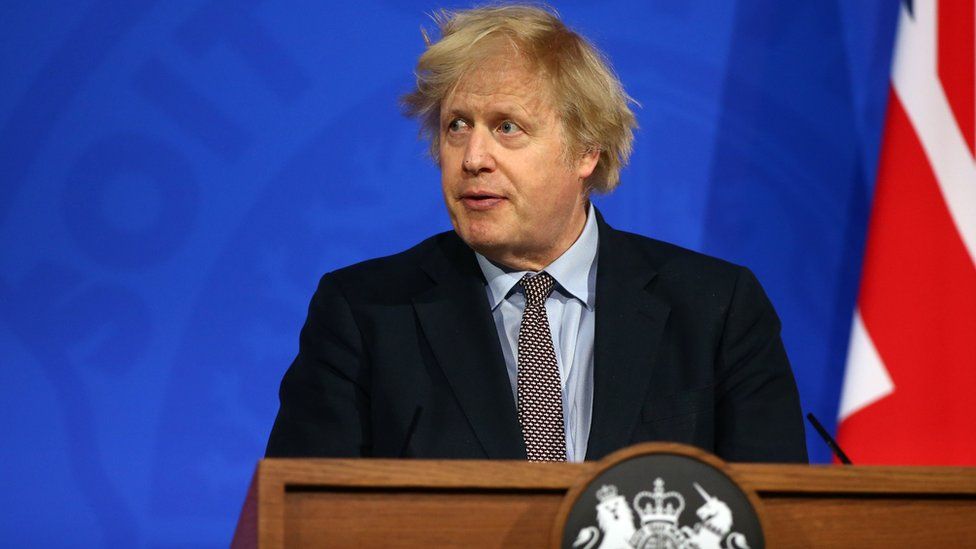Secrets of gorilla communication laid bare

By Helen Briggs, Apr. 9: The bigger a male gorilla, the better he is at beating his chest to signal to friends and foe just how powerful he is, scientists have confirmed.
The impressive drumming sound is, as suspected, a measure of size and strength, a new study shows. Females tune into the patter of hands-on chest when sizing up a mate, while males are warned off picking a fight.
Researchers say it's a powerful means of communication in the dense tropical forest where gorillas live.
The chest-beating, performed by adult males, known as silverbacks for their saddle of greying hair, can be heard over one kilometre away.
"For a long time now we've assumed it's some kind of showing off of how powerful they are, and they do this towards males and females," says Edward Wright of the Max Planck Institute for Evolutionary Anthropology in Leipzig, Germany.
"Towards males to say, 'Look, I'm big and strong, don't mess with me,' and to the females, 'Look I'm pretty big and strong, maybe you want to choose me as a mate.'
"For the first time, we can really be certain that, yes, the body size is conveyed in these chest beats and the chest beat is an honest signal of body size."
In gorilla society, groups are normally made up of one male and a number of females. Females may move between groups, with males competing for their attention.
As far as male gorillas are concerned, size matters; body size predicts rank, fighting ability and reproductive success. Silverbacks use chest beats to warn off male competitors and woo females in a show of size and strength.
Male gorillas learn chest-beating from an early age, practising the skill as they grow up.
The research, published in the journal Scientific Reports, shows that larger males make deeper (lower frequency) sounds when beating their chests.
These are an honest signal of body size - in other words, male gorillas can't fake it.
It's thought the sounds are related to the size of air sacs near the voice box found in gorillas and some other great apes (but not humans), which play a role in the grunts, growls and calls gorillas to make as well as non-vocal chest-beating.
What's more, differences were seen in the duration and number of chest beats made by different gorillas, suggesting individuals can be identified from their chest beat alone.
The researchers came up with their conclusions by measuring the body size of male gorillas from photographs, based on the distance between the gorillas' shoulder blades - the breadth of their back.
Using sound recordings, they measured the duration, number and audio frequencies of chest beats made in the wild by silverback mountain gorillas monitored by the Dian Fossey Gorilla Fund in the Volcanoes National Park, Rwanda.
There were around 600 mountain gorillas left in the wild in 2008, but numbers have now risen to over 1,000 after intensive conservation efforts. These include anti-poaching patrols and vets trained to give care to gorillas in the wild.
The gorilla is restricted to protected areas in the Democratic Republic of the Congo, Rwanda and Uganda. Threats remain, including poaching, civil unrest and diseases passed on by humans.
But while mountain gorillas are increasing in number, the great ape remains endangered.
Recent News

Do not make expressions casting dout on election: EC
14 Apr, 2022
CM Bhatta says may New Year 2079 BS inspire positive thinking
14 Apr, 2022
Three new cases, 44 recoveries in 24 hours
14 Apr, 2022
689 climbers of 84 teams so far acquire permits for climbing various peaks this spring season
14 Apr, 2022
How the rising cost of living crisis is impacting Nepal
14 Apr, 2022
US military confirms an interstellar meteor collided with Earth
14 Apr, 2022
Valneva Covid vaccine approved for use in UK
14 Apr, 2022
Chair Prachanda highlights need of unity among Maoist, Communist forces
14 Apr, 2022
Ranbir Kapoor and Alia Bhatt: Bollywood toasts star couple on wedding
14 Apr, 2022
President Bhandari confers decorations (Photo Feature)
14 Apr, 2022








